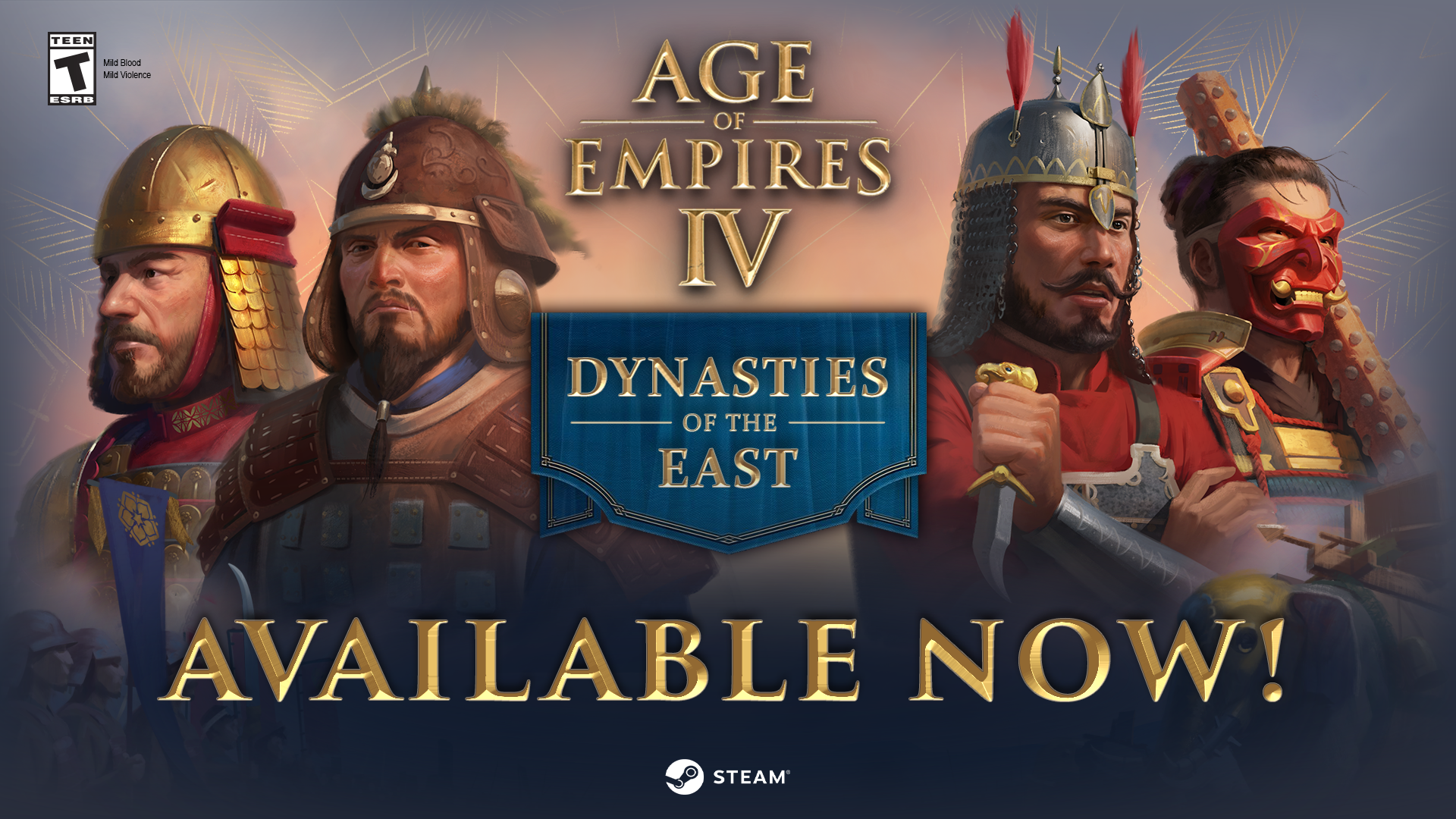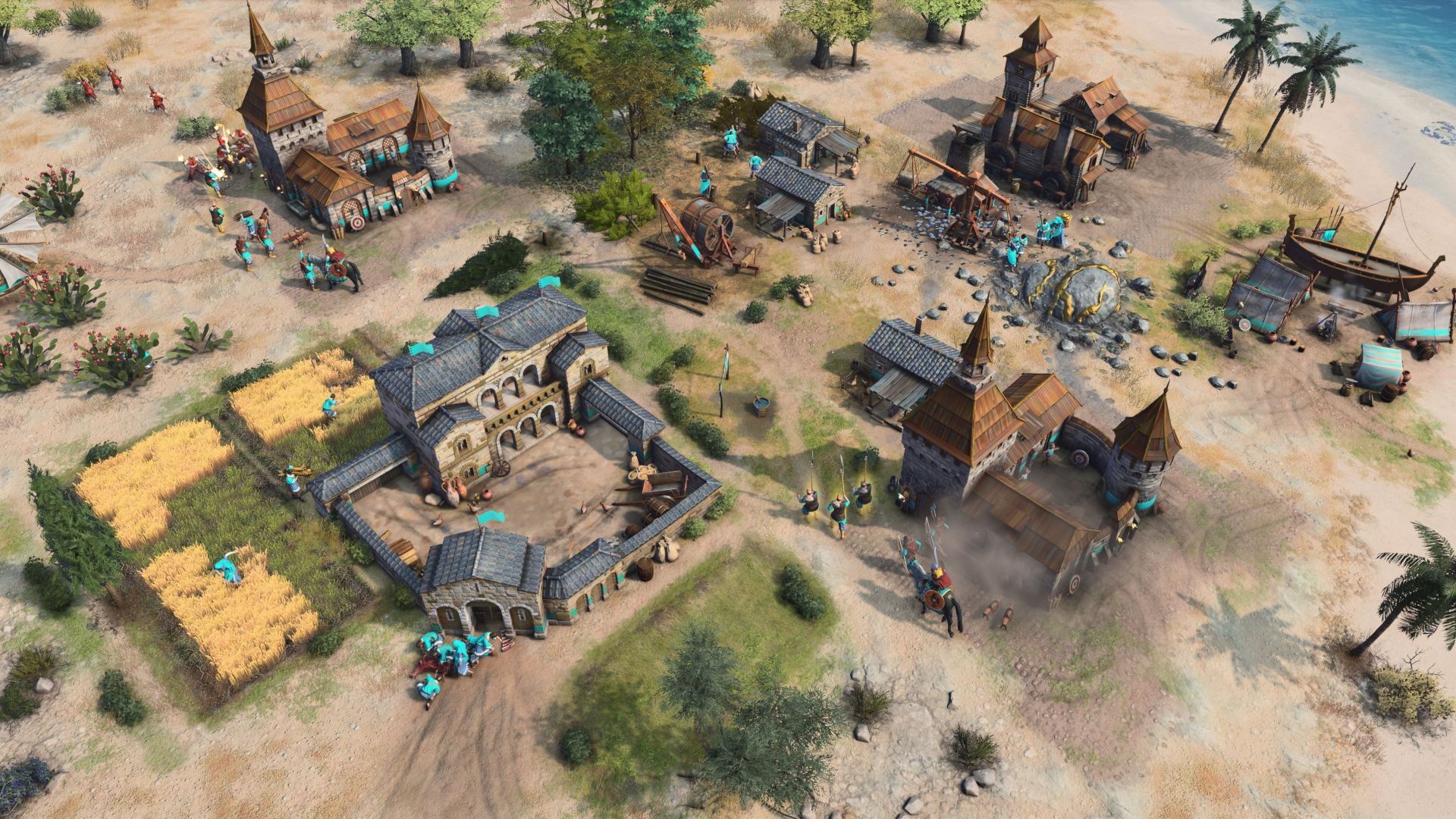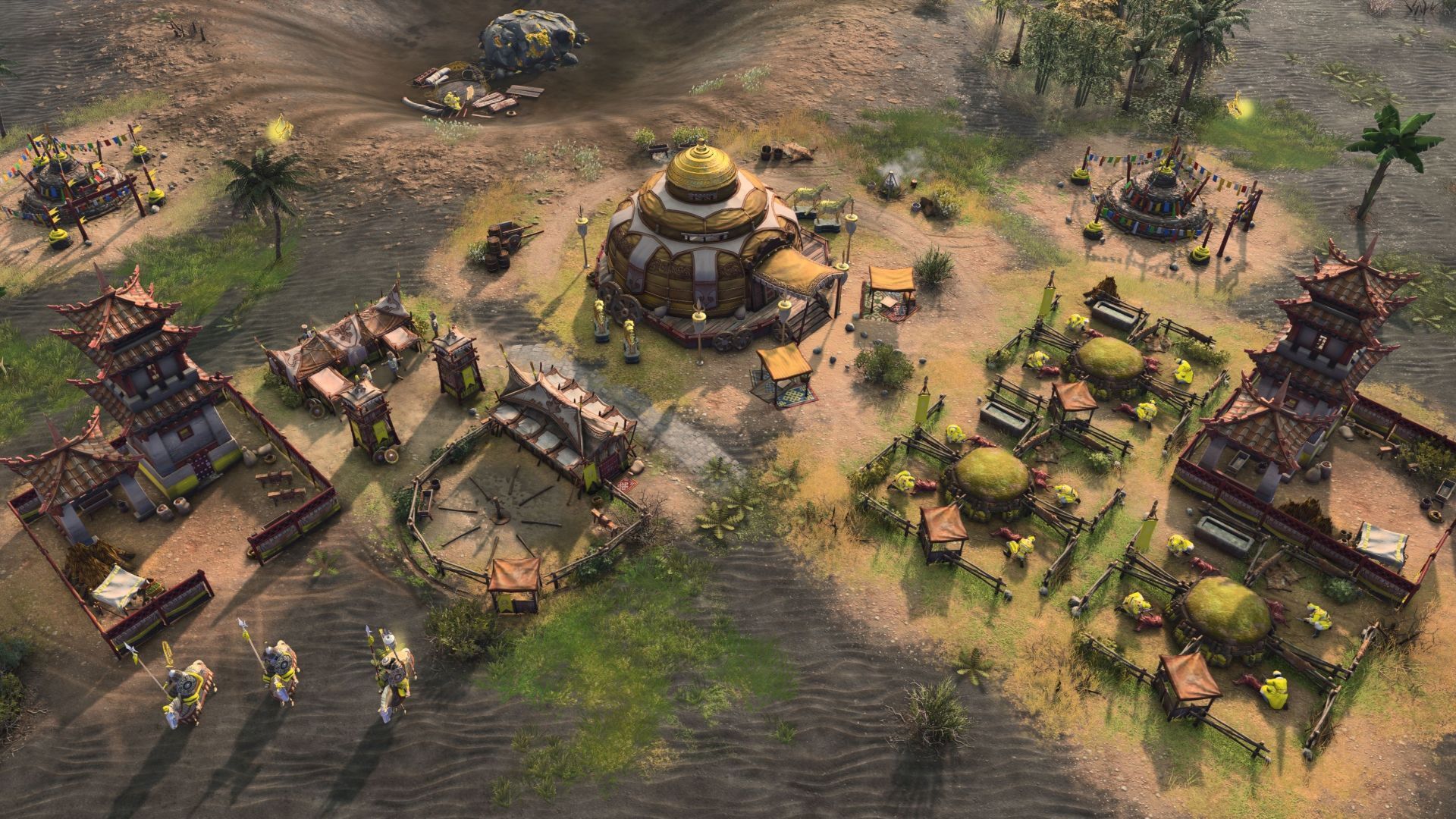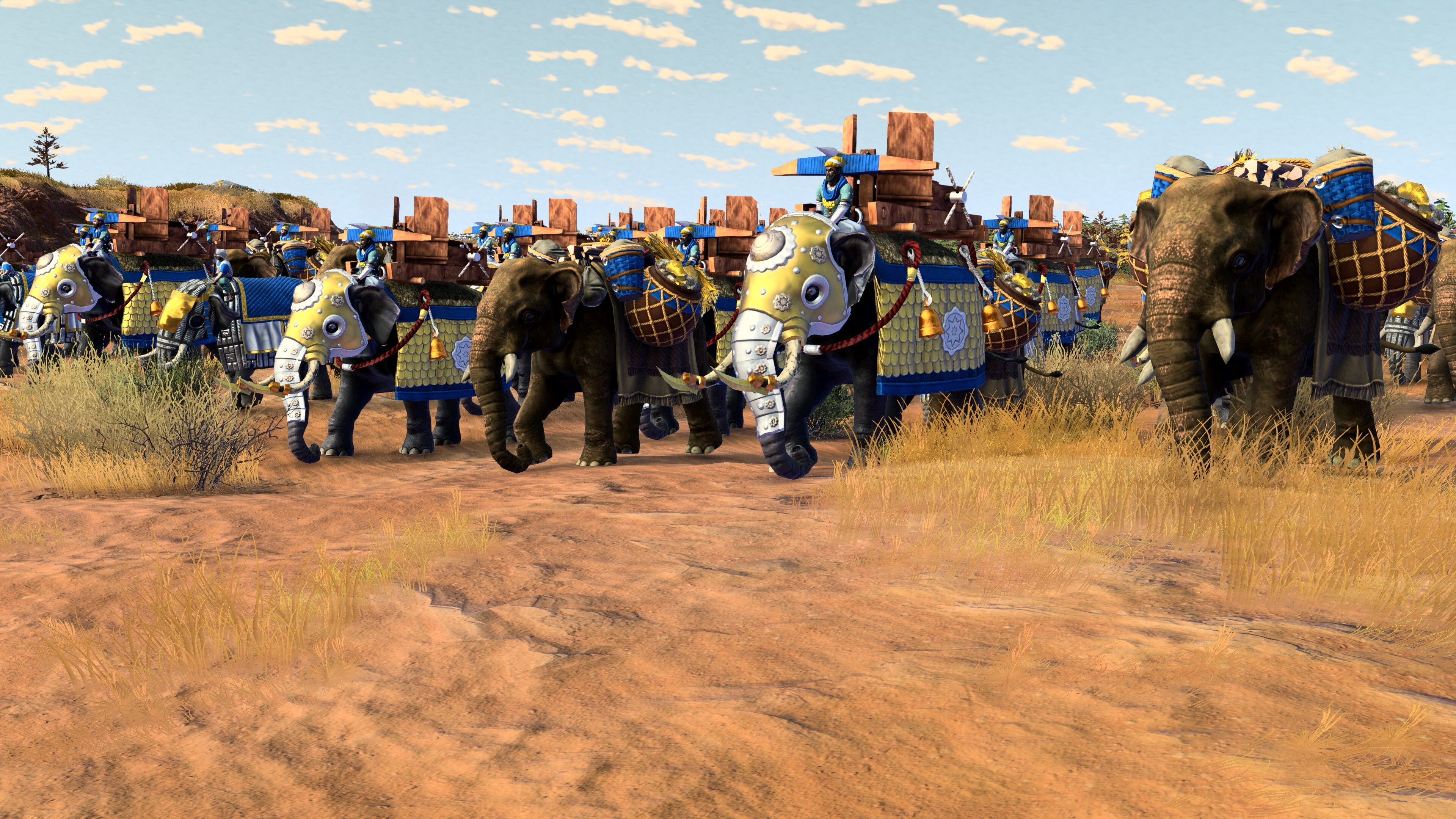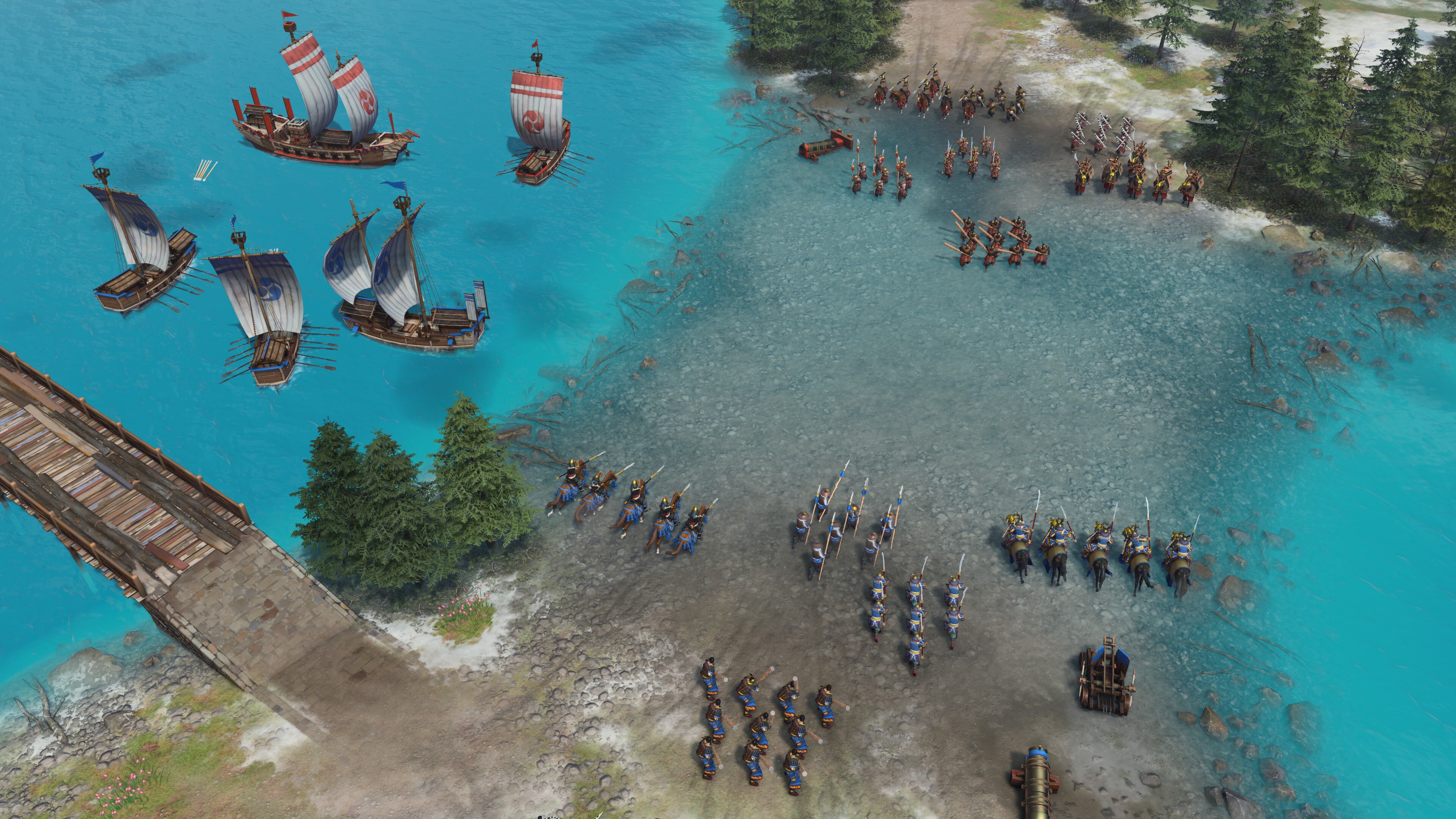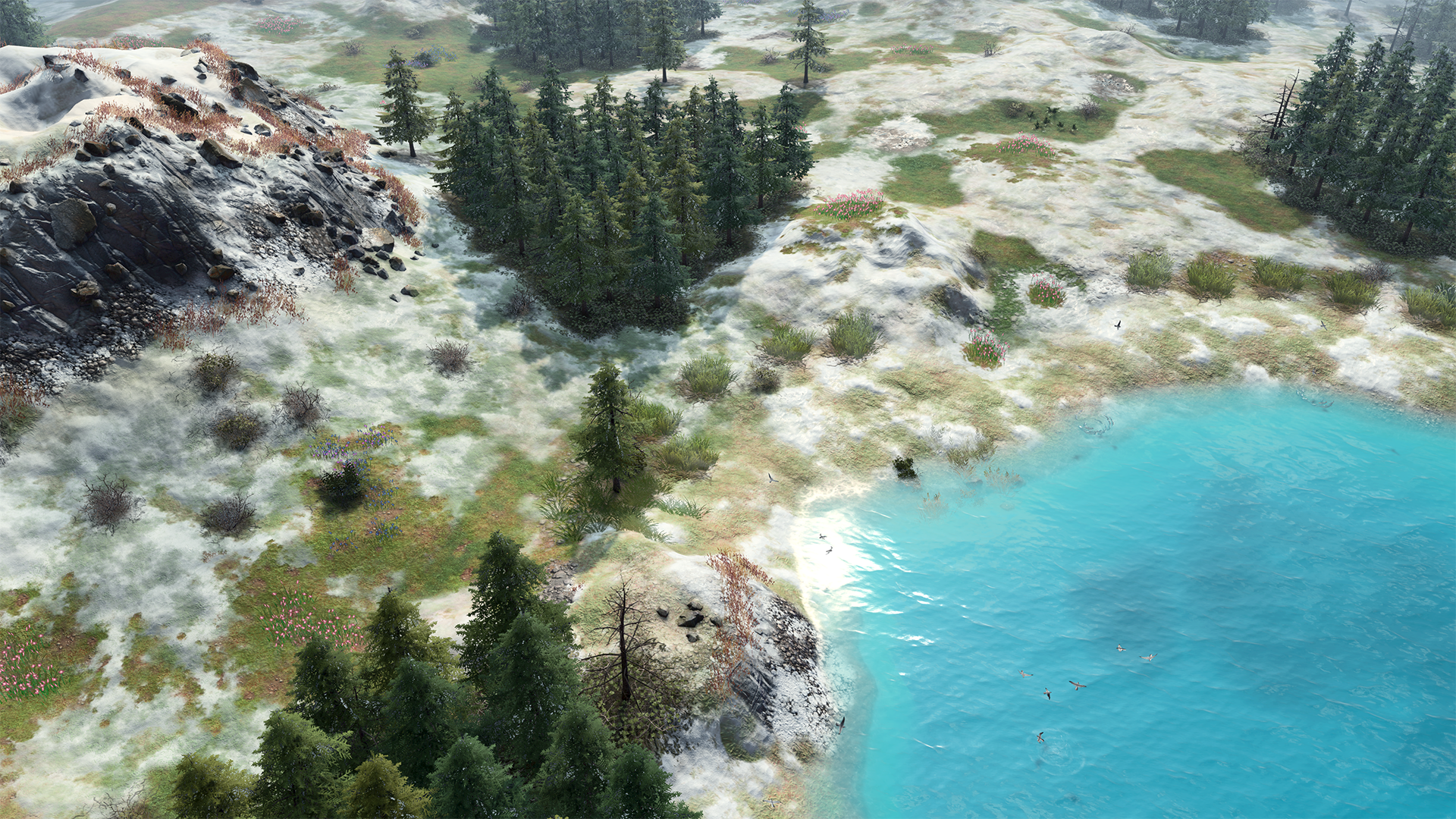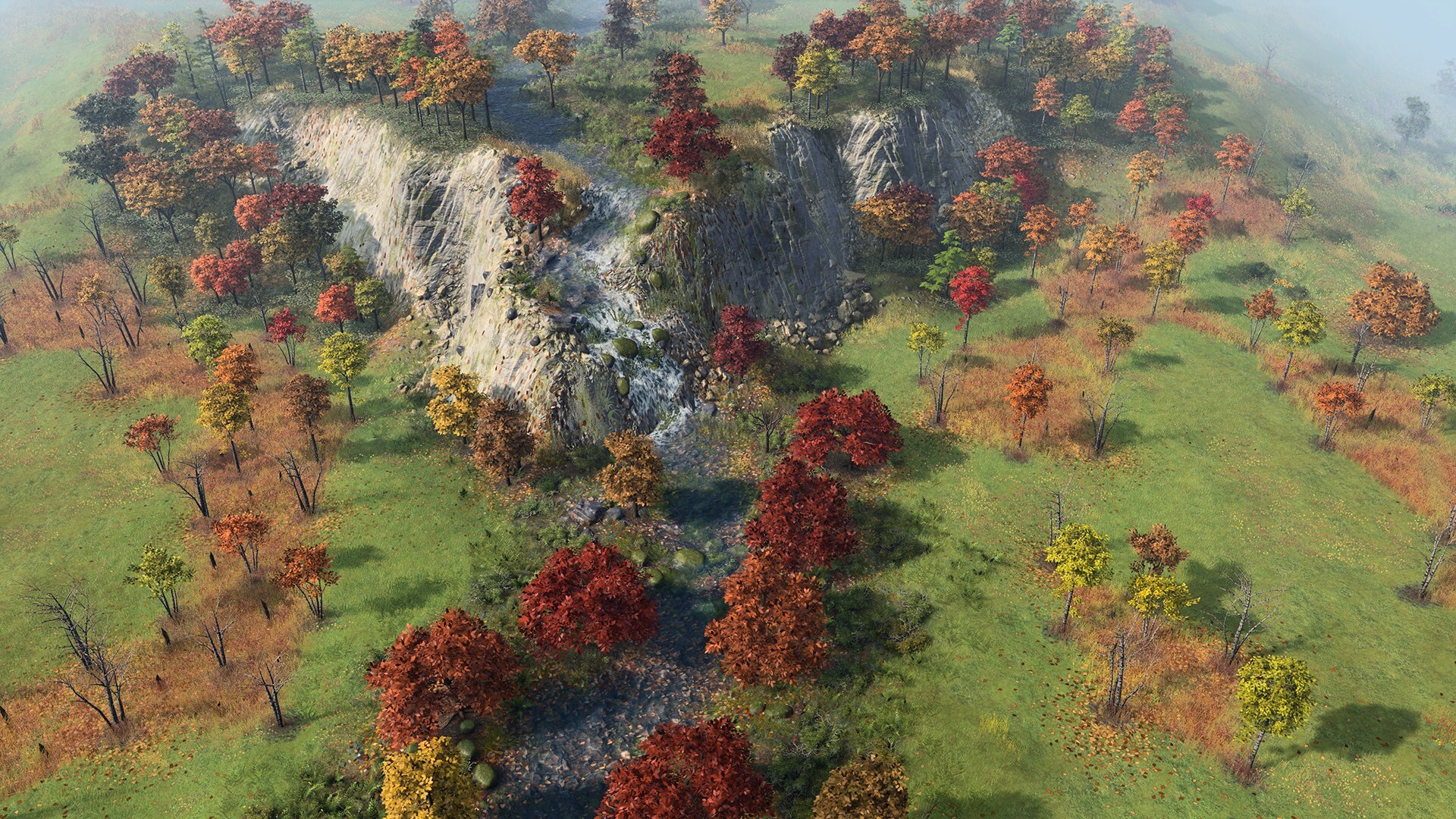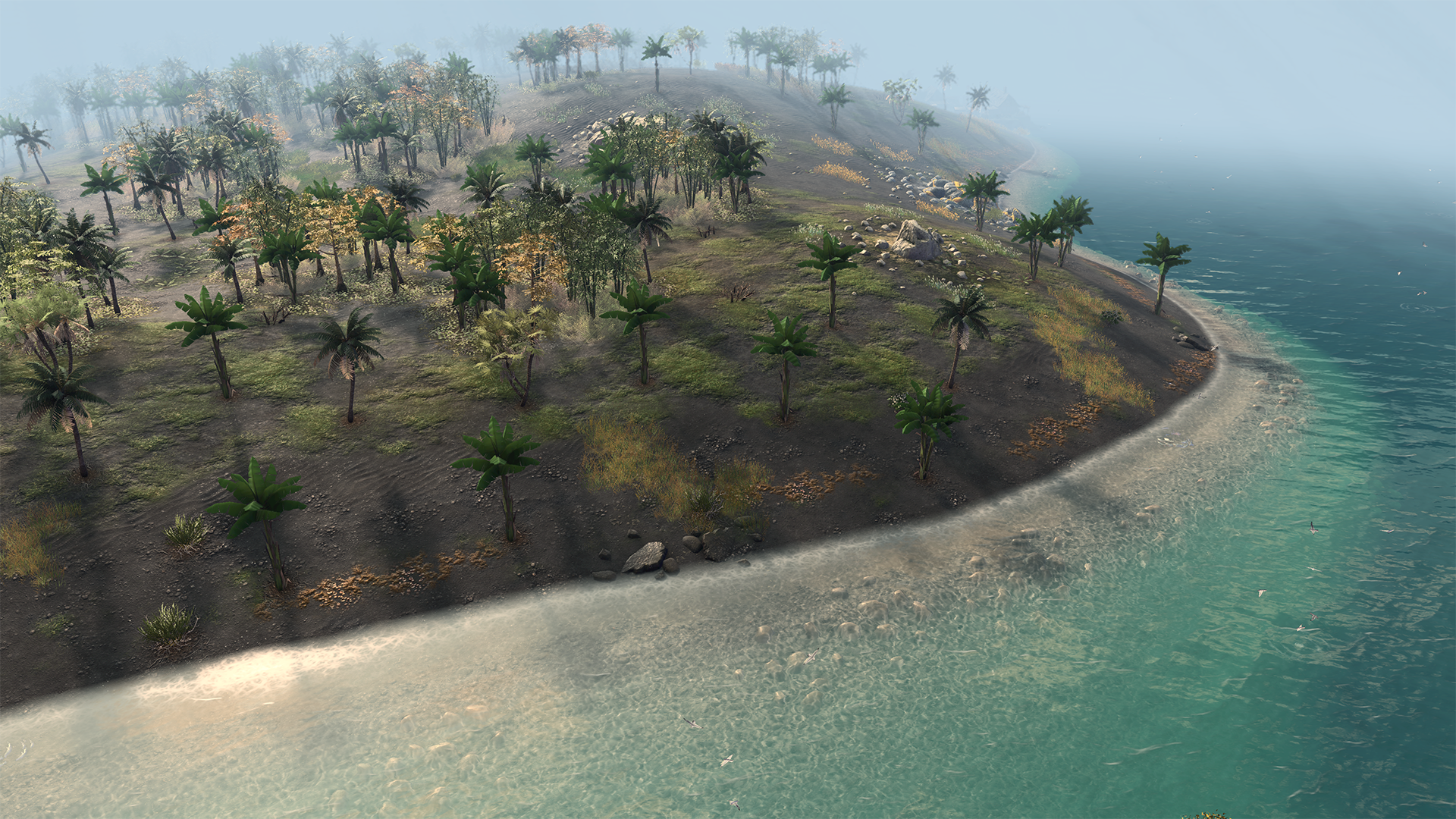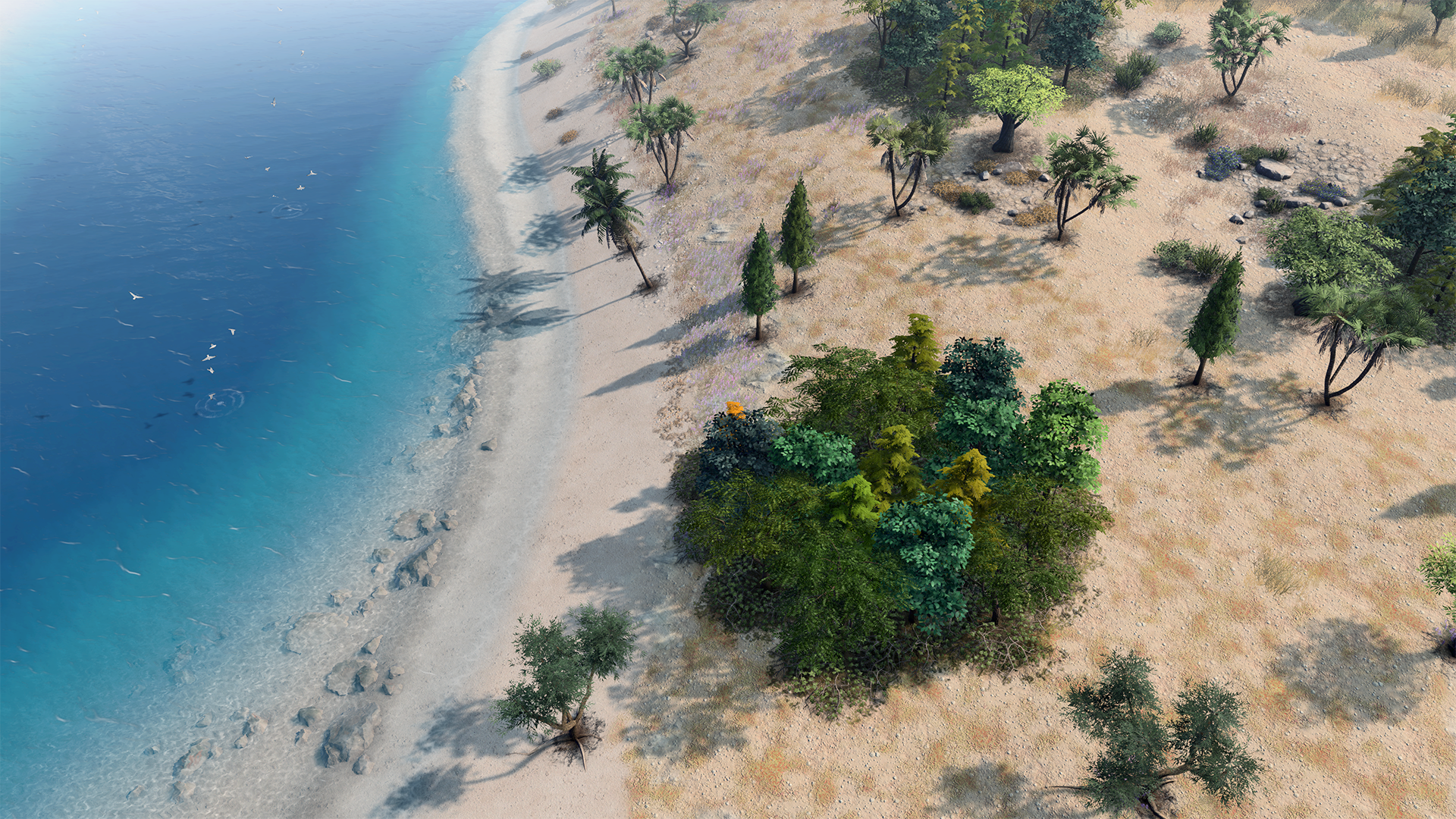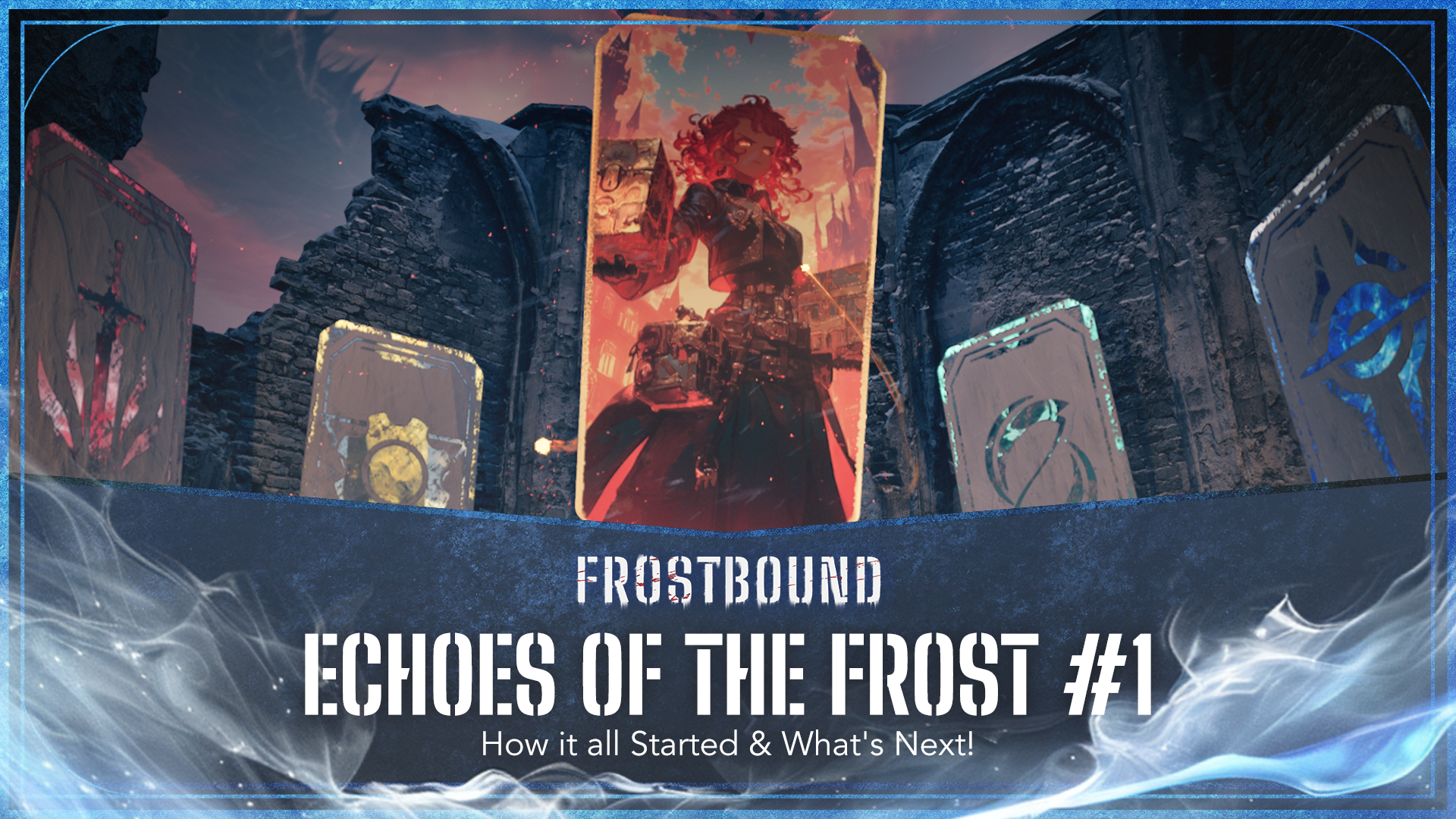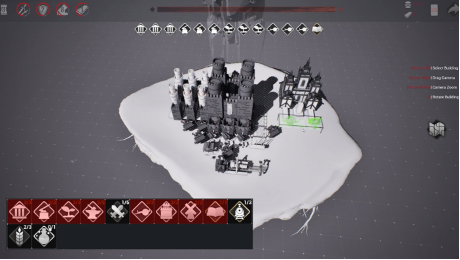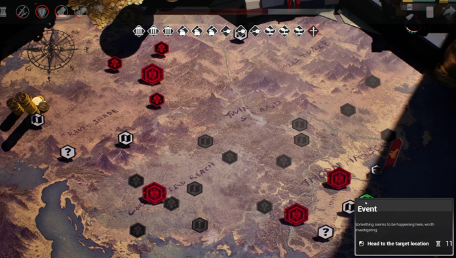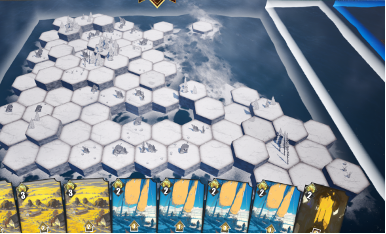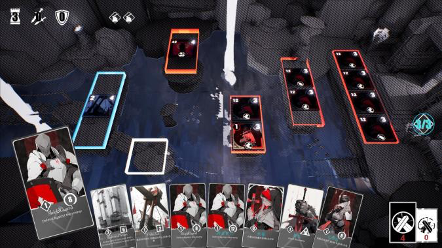
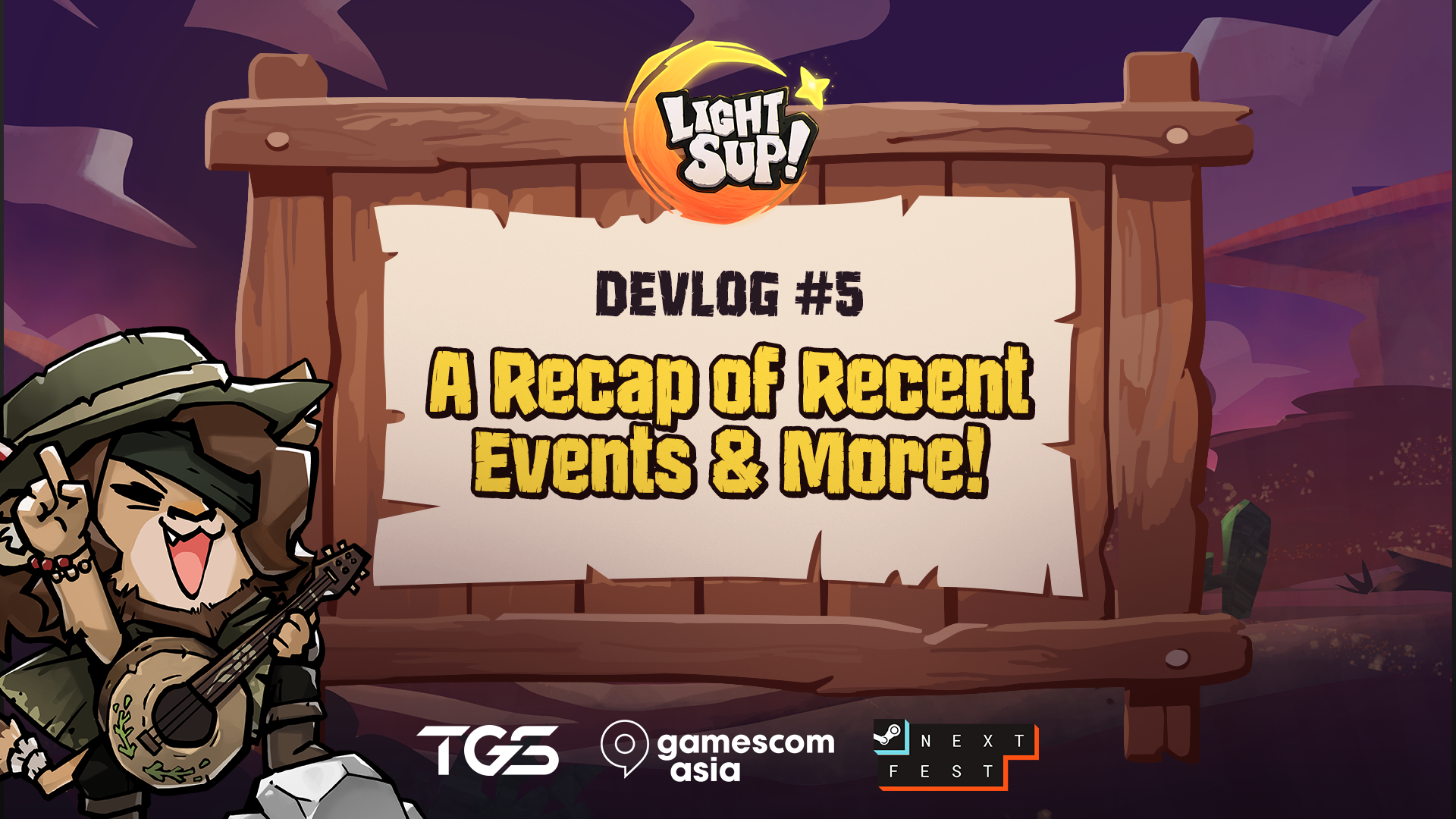
🌟 Hello, Lightseekers! Our Journey Takes Flight!
Get ready, everyone! We got a lot of energy and excited to take you behind the scenes of what has been a truly whirlwind adventure for our little indie team. This devlog is all about the significant leaps we've taken recently, from interacting with players in Japan and Thailand to expanding into the digital world of Steam.
These events weren't just fun; they were crucial for a small team like ours. Think of them as us leveling up our developer stats!
Without further ado, let's dive right in!
Stepping onto the floor at TGS was a dream come true! This year was a landmark moment for us. With over 200,000 visitors pouring in, we knew it was going to be big—but we were blown away by the reality!
This year, we had our biggest booth ever, and we owe a massive shout-out to our awesome publisher, Red Dunes Games, for their support! They helped us create some seriously cool gifts for the fans who came to enjoy the new build. Thank you for making us look so good!
B2B vs. Public Days: The first two days were our B2B sessions, which our small team could mostly handle. But once those doors opened for the public... it was CRAZY! People just kept pouring in, eager to try the game.
Real-Time Reactions: We loved watching your faces light up (and sometimes scrunch up in concentration!) as you played the demo. Getting that instant, honest feedback was invaluable. The great reactions and genuine enthusiasm proved we're on the right track!
Global Connection: We took the chance to run a survey to understand what the Japanese market truly loves. Trying to communicate with our passionate players was a hilarious adventure in gestures and pointing—but as we all know, gaming is a universal language, right? There’s truly nothing quite like seeing they play our game in person!
"While the wishlist number was modest, the experience of having our entire team understand what players truly want and how they interact with our game is priceless. This qualitative data is going to make the final game infinitely better."
We realized that even if a player doesn't understand the text, the storytelling needs to shine through the gameplay, art, and emotion. We are now committed to capturing the player's interest more effectively by prioritizing a clearer and more impactful visual/emotional narrative.
Observing all the different reactions gave us a better compass for player needs. We know exactly which moments in the game are naturally fun and how to guide players to those moments faster.

Steam Next Fest is the single shot an indie game gets on its path to launch, and it just so happened to overlap directly with our Gamescom Asia trip! Talk about a logistical boss fight!
The internal team strategy session was intense: we had to execute the "Great Split"—planning exactly who would man the physical booth in Bangkok and who would lead the charge in the digital trenches of Steam. It was a stressful sprint, but we are thrilled and a little tired, since we can only do this once, we went all-in to maximize our exposure and traction
We committed to live-streaming our game throughout the entire event. This ensured we were constantly popping up on the Next Fest pages, giving players a chance to see the gameplay, ask questions in real-time, and feel connected to the developers.
Our team worked hard to prepare the best possible demo experience, clocking in at around 2-3 hours of gameplay. This length was strategic: it allowed you to fully grasp the:
The Intro & Atmosphere: Setting the mood and look-and-feel.
Core Concept & Mechanic: Giving you a solid understanding of what makes LightSup! unique.
Overlapping a physical event with the one-time Next Fest was a huge risk, but it paid off in visibility and critical mass. It confirmed that no matter how busy we are, we have to keep that direct line open to you, the players, through consistent streaming and a high-quality, memorable demo.

The end of the year turned into a massive balancing act! Since Gamescom Asia overlapped with Steam Next Fest, we had to pull a classic team move: we split up! Half the team managed the online event, while the other half headed to the convention floor.
We brought tons of fun giveaways for all the players. What really surprised us was how much everyone loved them! You guys really connect with the art style of LightSup!, and seeing your genuine excitement when you got a prize made us so happy and cemented your place in the world of our game.
We also made sure to improve the build from the Tokyo Game Show in September. We wanted the Gamescom version to be even easier to jump into, and for those who couldn't make it, you can now enjoy the same great improvements in the new demo available on Steam!
The build we brought to Gamescom was a hit, which made us so satisfied and happy! We loved watching everyone play. It's fascinating how different groups approach the game—for example, we noticed that Thai players have a slightly different play style compared to players from other countries, which is great insight!
We collected some truly valuable feedback, and here’s the best part: we loved it so much that we already implemented a key change this month (November) based on it! We won't spoil it, but you'll have to jump into the game to find out what it is! 😉
One major piece of feedback we got was about the pacing:
"The text speed on the story animations is too fast! We can't keep up and get lost in the story." that's a super important note, and we are working to make sure everyone can enjoy the narrative at their own pace!
This year was special because it was the first time Gamescom Asia was held right here in Bangkok, Thailand. We initially thought the crowd would be mostly Thai, but we were wonderfully wrong! About 40% of the visitors were foreigners!
This gave us fantastic exposure and revealed a few key things:
We heard from many Thai players who love the game and are passionately asking for localization! We hear you loud and clear!
Our game got a lot more eyeballs on it globally. We even got an interview from a Japanese press member who just walked up to our booth! He told us the art style was incredibly attractive and wanted to know everything about LightSup!
Moments like that really fuel us and prove we're heading in the right direction!

We are participating in Southeast Asia Games Onward 2025! Check us out from December 9th to December 20th, and don't forget to wishlist the game while you are at it!

A huge, THANK YOU to everyone who participated in Steam Next Fest, visited us at Gamescom Asia, gave us feedback, and shared a good time with the Bugblio Studio team! Your passion keeps the lights on—literally!
Stay tuned for more updates!
The Bugblio Studio Team!






